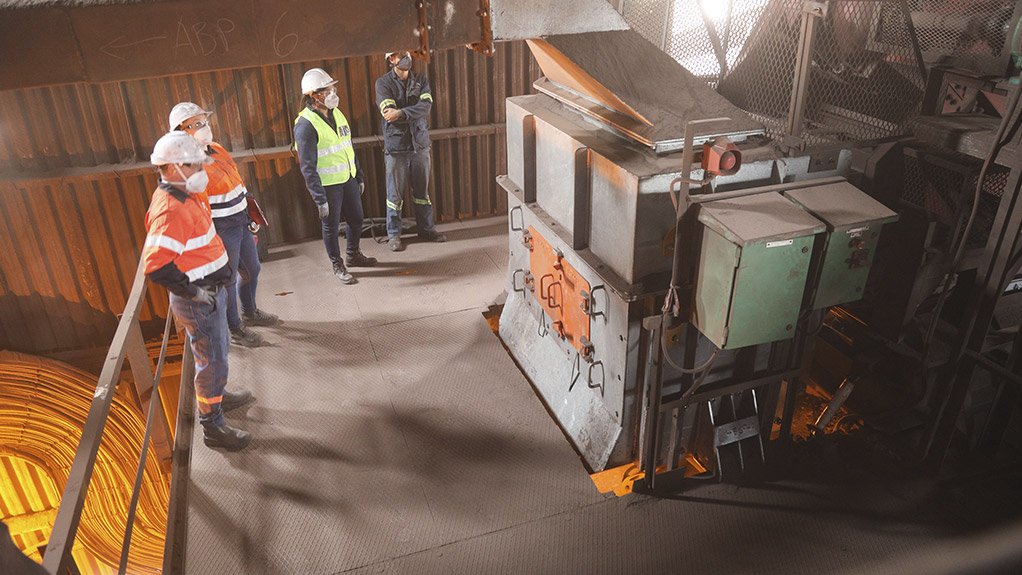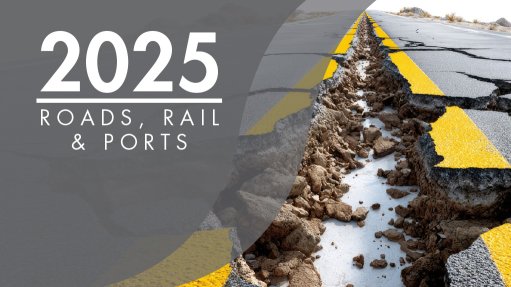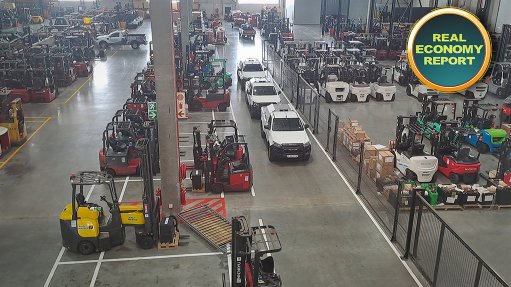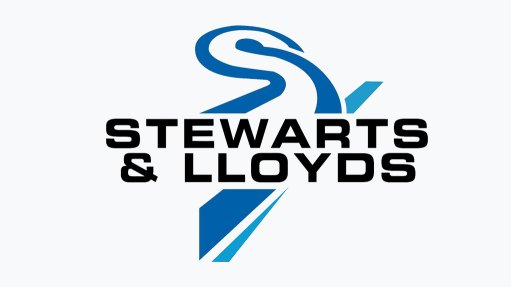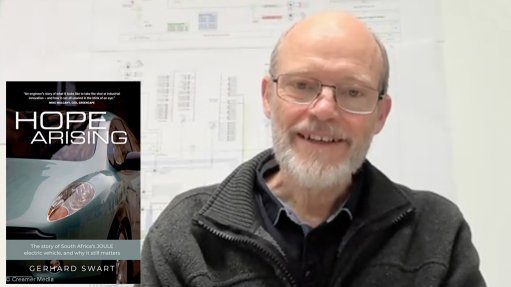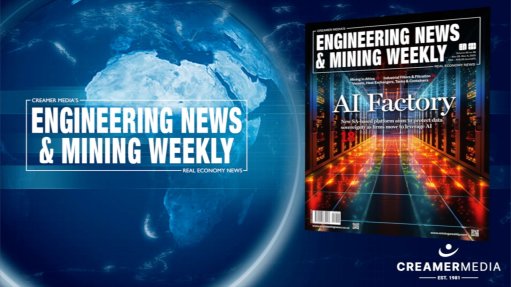Reducing dust transmission in bulk materials handling
Excessive dust formation in bulk materials handling operations poses risks to worker health, equipment lifespan, environmental compliance and operational safety. Airborne dust in industries such as mining, power generation, cement and ports can create serious health risks for workers, contribute to environmental pollution and can trigger regulatory penalties when emissions exceed permissible levels. Dust also increases maintenance requirements, shortens equipment life and can create safety hazards such as reduced visibility or combustible atmospheres.
“Dust impacts the health of employees, the lifespan of equipment and the company’s environmental footprint. Left unchecked, it can cost operations heavily - both financially and reputationally,” says Weba Chute Systems technical director Dewald Tintinger.
Weba Chute Systems’ engineered transfer point solutions aim to reduce dust transmission while enhancing efficiency and protecting operations by controlling the flow of material. Traditional chute systems often allow material to free-fall, leading to uncontrolled impact, turbulence and the generation of dust clouds, whereas Weba Chute Systems’ are engineered to control both the velocity and direction of material flow.
“If you reduce impact and turbulence, you reduce the energy that causes particles to become airborne,” Tintinger explains. By carefully directing material onto the conveyor in a streamlined manner, dust generation can be drastically curtailed.
“Our designs are not generic. Every transfer point is engineered to suit a customer’s specific conditions, so the system works with the material rather than against it,” he adds.
An additional feature of the system’s design is the effective sealing of the chute system. Engineered with wear resistant liners and designed with specific transfer geometry, the chutes prevent dust from escaping into surrounding areas. Dust suppression or extraction systems can also be integrated into the chute design, to help ensure compliance with emission standards.
The company says its in-house design team uses the latest simulation software, including discrete element modelling (DEM), to predict material behaviour inside the chute. This enables the optimisation of liners, flow paths and sealing systems before manufacturing begins. The result is a custom-engineered solution designed to contain dust and minimise spillage and wear.
“Our DEM capability gives us a powerful window into how the material will behave,” Tintinger points out. “We can predict dust issues before they occur and design them out of the system – that is a real gamechanger.”
Reducing dust transmission can also help boost profitability by helping to improve throughput and reduce waste. Less dust also means reduced wear on conveyor components, lower cleaning and maintenance requirements and safer working environments – all of which helps improve operational efficiency and sustainability.
The company notes that its dust-control solutions are in operation across a range of industries and commodities from mines to power stations, cement plants and other bulk handling facilities. Each system is custom-engineered for its specific application, taking into account the type of material, the rate of flow, particle size and environmental requirements.
In ports and loading terminals, where dust emissions are highly visible and subject to strict monitoring, the systems ensure compliance while maintaining fast loading rates.
“Whether it is in large scale port operations or on a mine, the principle is the same,” Tintinger says. “Control the flow, contain the dust and you achieve safer, cleaner, more efficient operations.”
Article Enquiry
Email Article
Save Article
Feedback
To advertise email advertising@creamermedia.co.za or click here
Comments
Press Office
Announcements
What's On
Subscribe to improve your user experience...
Option 1 (equivalent of R125 a month):
Receive a weekly copy of Creamer Media's Engineering News & Mining Weekly magazine
(print copy for those in South Africa and e-magazine for those outside of South Africa)
Receive daily email newsletters
Access to full search results
Access archive of magazine back copies
Access to Projects in Progress
Access to ONE Research Report of your choice in PDF format
Option 2 (equivalent of R375 a month):
All benefits from Option 1
PLUS
Access to Creamer Media's Research Channel Africa for ALL Research Reports, in PDF format, on various industrial and mining sectors
including Electricity; Water; Energy Transition; Hydrogen; Roads, Rail and Ports; Coal; Gold; Platinum; Battery Metals; etc.
Already a subscriber?
Forgotten your password?
Receive weekly copy of Creamer Media's Engineering News & Mining Weekly magazine (print copy for those in South Africa and e-magazine for those outside of South Africa)
➕
Recieve daily email newsletters
➕
Access to full search results
➕
Access archive of magazine back copies
➕
Access to Projects in Progress
➕
Access to ONE Research Report of your choice in PDF format
RESEARCH CHANNEL AFRICA
R4500 (equivalent of R375 a month)
SUBSCRIBEAll benefits from Option 1
➕
Access to Creamer Media's Research Channel Africa for ALL Research Reports on various industrial and mining sectors, in PDF format, including on:
Electricity
➕
Water
➕
Energy Transition
➕
Hydrogen
➕
Roads, Rail and Ports
➕
Coal
➕
Gold
➕
Platinum
➕
Battery Metals
➕
etc.
Receive all benefits from Option 1 or Option 2 delivered to numerous people at your company
➕
Multiple User names and Passwords for simultaneous log-ins
➕
Intranet integration access to all in your organisation



